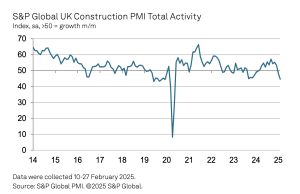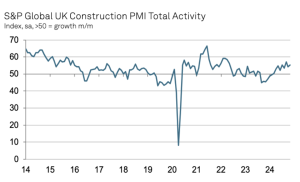Tradesmen in high demand wages follow in national surge in demand
This post has already been read 690 times!
Construction workers are heavily in demand which means tradesmen jobs, CPCS jobs and management jobs being hard to fill at the moment, this has been made more apparent by the pent up demand for workers after covid restriction ease.
The industry’s biggest payer of subcontractors said the number of tradespeople on its books stood at 87 per cent of pre-pandemic levels in January. The figure was 90 per cent before the festive break when most construction sites shut for a fortnight.
Ian Anfield, managing director, commend saying: “There are widespread reports of full order books among our clients. However, all that can change quickly if the housing market slumps and major housebuilders turn off the taps.”
The government told the construction industry last month it should continue to operate during the national lockdown and is making a major contribution to the economic recovery.
Latest pay trends show a fall of 8.2 per cent in weekly earnings during January to £836, which is in line with seasonal trends following the annual break.
Ian said: “We were concerned that Covid would prevent eastern Europeans getting back to Britain after Christmas. We also heard reports from some clients that some tradespeople were using the self-employment support scheme to take extra paid holiday at the Chancellor’s expense. Whilst this is most certainly happening in some cases, on the whole the return to work has been at the same level as in previous years.”
The best performing regions for earnings last month were Wales (-0.3 per cent), the West Midlands (-3.8 per cent) and the East Midlands (-5.2 per cent).
Hudson delivers the most accurate indication of subcontractor pay trends across the construction industry, publishing the average pay for a spectrum of 17 different trades split across 10 regions in England and Wales.
It supplies statistics to the Bank of England to keep policymakers updated with real-time insights on demand for skilled labour.























